Tha e a’ còrdadh ri YouTubairean nan rathad-iarainn agus ri trainspotters san fharsaingeachd a bhith a’ tadhal air stèisean beaga iomallach agus air stèisean nach bi mòran dhaoine a’ cleachdadh (least used stations).
Gach bliadhna, bidh Oifis na Rèile is nan Rathaidean a’ cur a-mach figearan airson luchd-cleachdaidh gach stèisean ann am Breatainn.
Aig mullach na liosta, tha na stèiseanan mòra mòra leithid Paddington agus Waterloo ann an Lunnainn leis na milleanan de luchd-cleachdaidh gach bliadhna agus na mìltean gach latha. Aig ceann eile na liosta, tha stèisean leithid Berney Arms ann an Norfolk agus Allt nam Breac ann an Gallaibh le aonan no dithis gan cleachdadh air latha trang. Uile gu lèir bidh mu 200-250 a’ dol air no far trèana sa bhlaidhna ann an Allt nam Breac.
Tha stèiseanan a tha an dà chuid gun mòran luchd-cleachdaidh AGUS iomallach a’ còrdadh gu sònraichte ri daoine – agus chan eil mòran àiteachan ann a tha cho iomallach ri Allt nam Breac oir chan eil rathad ceart ann dhan bhaile. Feumar a dhol ann air frith-rathaidean coilltearachd nach eil ann an staid ro mhath.
Chan eil ann an Allt nam Breac ach trì no ceithir taighean agus thathar a’ creidsinn gun deach an stèisean a thogail an seo a chionn’s gun robh feum air tùr-uisge agus lùb seachnaidh ar am faigheadh na trèanaichean seachad air a chèile.
Thog mi ùidh san stèisean an toiseach bliadhnaichean air ais nuair a bha comhairlichean ann an Gallaibh a bha a’ cur an aghaidh na Gàidhlig agus iad ag ràdh nach robh Gàidhlig sam bith riamh san sgìre – “dè mu dheidhinn Allt nam Breac”, bhithinn daonnan ag ràdh! (Agus gu dearbha – tha na ceudan de dh’ainmean Gàidhlig eile ann an Gallaibh cuideachd ach leis gu bheil an t-ainm seo air stèisean, tha e na fhìor dheagh eisimpleir).
An uair sin, leugh mi an sàr-leabhar Tiny Stations le Dixe Wills.
Am measg nan stèiseanan beag biodach air an do thadhail e, bha Allt nam Breac, agus abair gun robh turas inntinneach aige ann! Choisich e gu loch faisg air an stèisean far a bheil taigh mòr – Loidse Loch Dubh a bha uair na thaigh-òsta. Thàinig am fear leis a bheil an taigh a-mach airson bruidhinn ris agus thug e cuireadh do Dixe tighinn a-staigh airson srùbag.
A rèir coltais, bha fear an taighe gu math neònach agus bha an t-ùghdar a’ faireachdainn gu math ain-fhoiseil agus an uair sin, chaidh cuireadh a thoirt dha coimhead air an t-seilear. Bha sarcophagi agus stuth neònach eile ann agus bha eagal a bheatha air Dixe agus rinn e leisgeul is theich e. Chuir e an t-ainm fallsa “Brian” air an neach san leabhar.
Ach tha fios againn uile a-nis cò a th’ ann am “Brian” às dèidh dhan naidheachd ghrod seo tighinn am bàrr: https://www.bbc.co.uk/naidheachdan/sgeulachdan/cqlyd7gpyl3o. A rèir coltais, bha Dixe Wills ceart eagal a bhith air..
Agus ann an 2023, bha Allt nam Breac anns na naidheachdan aon uair eile. Chaidh an stèisean a dhùnadh rè ùine mar thoradh air eus-aonta eadar ùghdarrasan nan rathaidean-iarainn agus na daoine leis a bheil taigh an stèisein mu bhith a’ faighinn cothrom air àrd-ùrlar an stèisein gus a chumail suas. Bha gu leòr anns na pàipearan naidheachd mun chùis.
Cha chan mi an còrr mu dheidhinn seo oir tha mi a’ tuigsinn gu bheil cùisean lagha sub judice a’ dol air adhart mun chùis an-dràsta. ‘S e an rud as cudromaiche dhomh gu bheil an stèisean air ath-fhosgladh – ged a thuirt ScotRail gur e e ceum sealach a bha seo, bha an stèisean dùinte eadar an t-Samhain 2023 agus an Giblean 2025 mar thoradh air seo uile.
Nuair a dh’fhosgail e as ùr, cha b’ e ruith ach leum dhomh tiocaid a chur air dòigh dhan àite neònach seo! Ach saoilidh mi gum bi agam ri bhith gu math faiceallach fhad ’s a bhios mi ann…. Saoil an lorg mi an t-allt agus am faic mi breac sam bith?
Tha mi gu mòr airson a dhol gu ionad RSPB nam Flobhaichean ann an Fors an-Àird – an stèisean a deas air Allt nam Breac. Tha e mu 15 mìle air falbh agus bha mi a’ beachdachadh air coiseachd ann, a’ coimhead air an teàrmann nàdair agus a’ glacadh na trèana a-rithist aig Fors an-Àird ach cha robh clàr-ama nan trèanaichean freagarrach gu mì-fhortanach. Air an adhbhar sin, tha mi a’ dol a dhol air cuairt ann an Alt nam Breac, tha mi a’ dol a dh’Inbhir Theòrsa agus tha mi a’ dol air an trèana gu Fors an-Àird an ath latha air an t-slighe air ais gu deas.
Alasdair
Powered by WPeMatico
Tadhail air Trèanaichean, tramaichean is tràilidhean


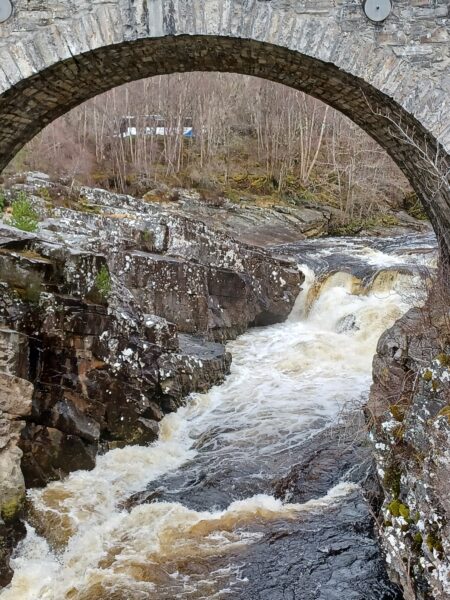
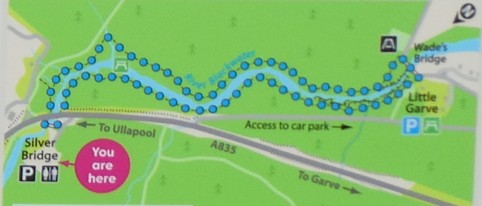

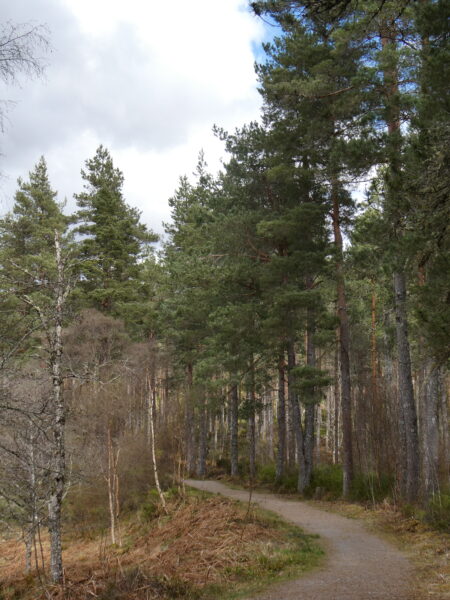
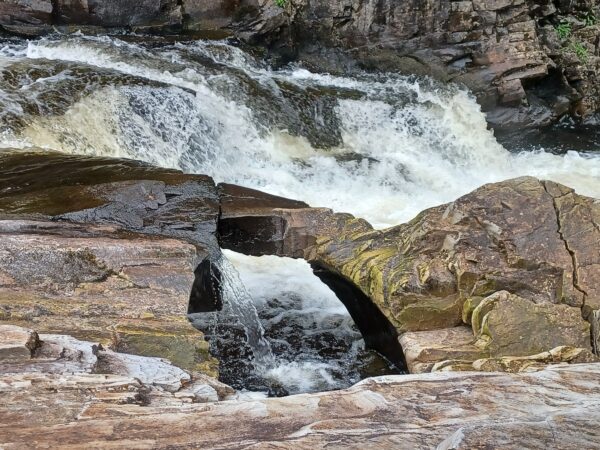
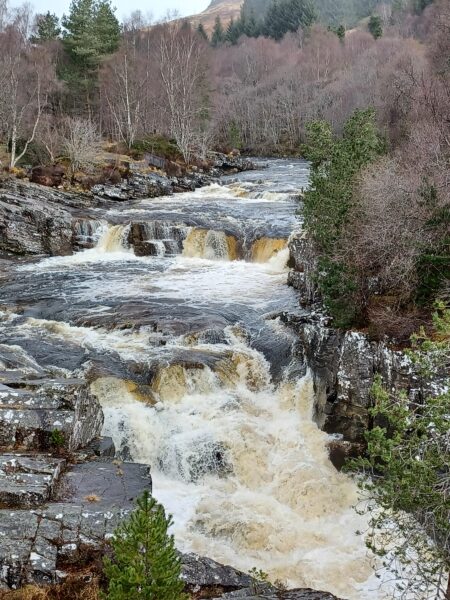
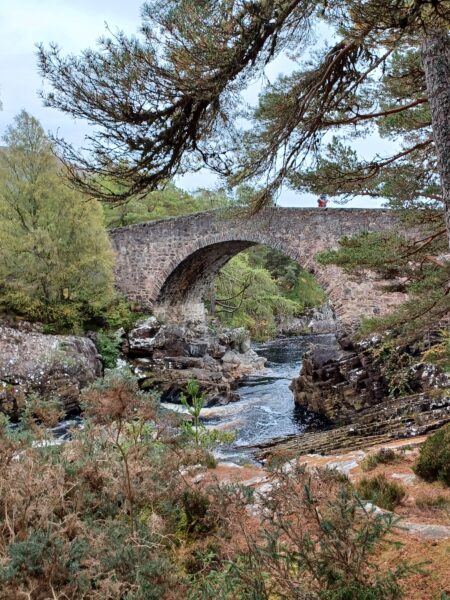
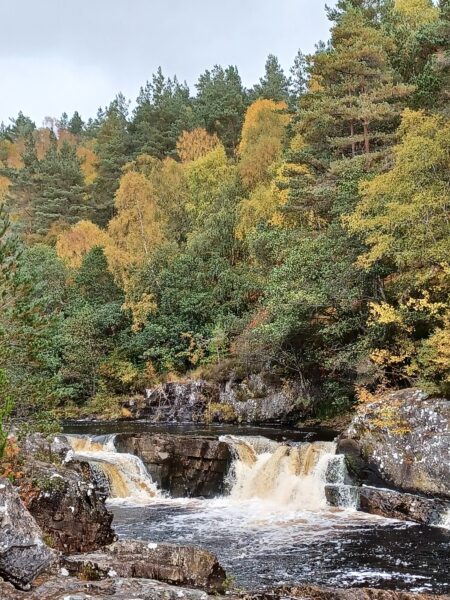
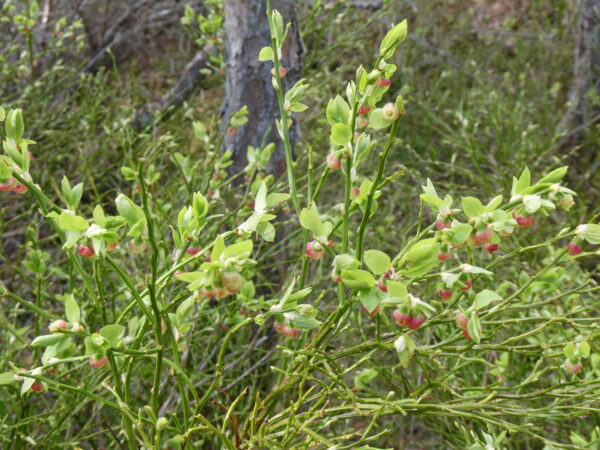

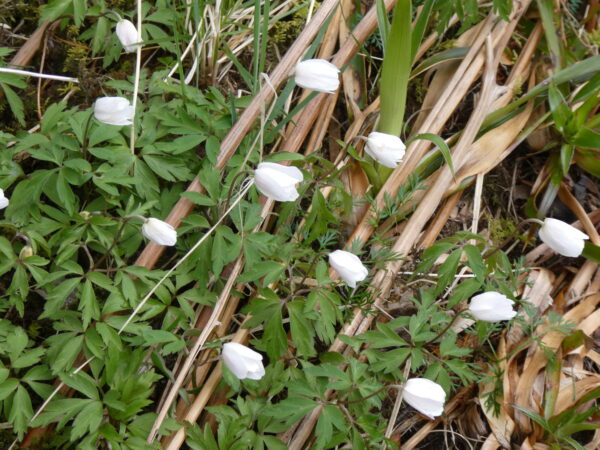
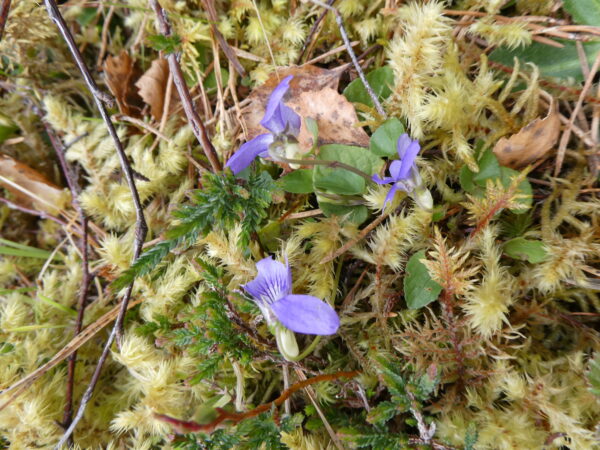

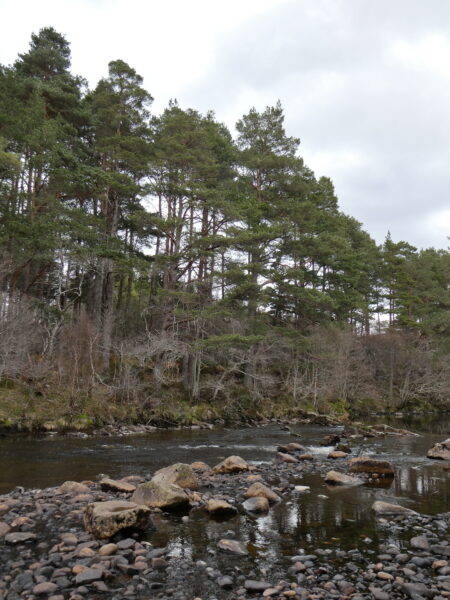
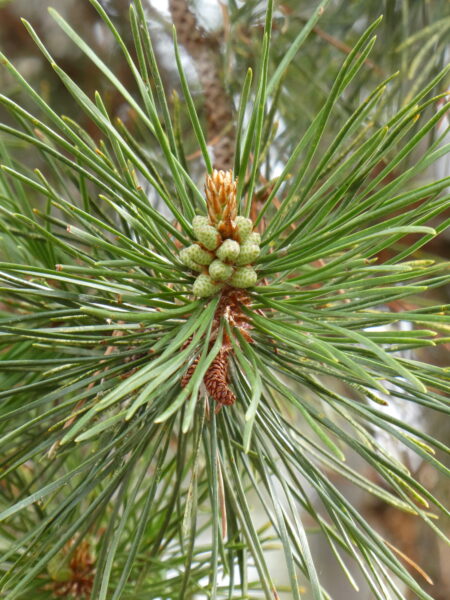
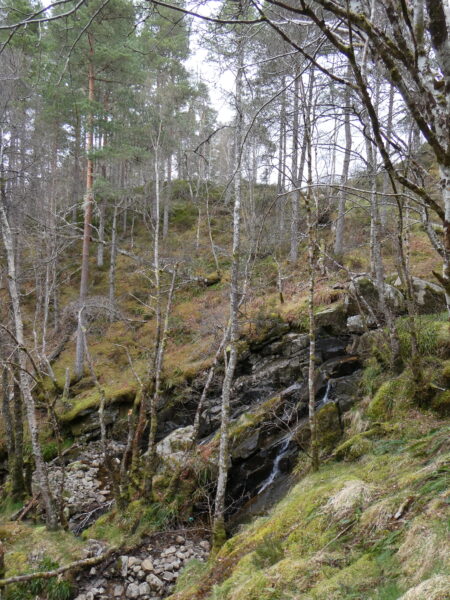



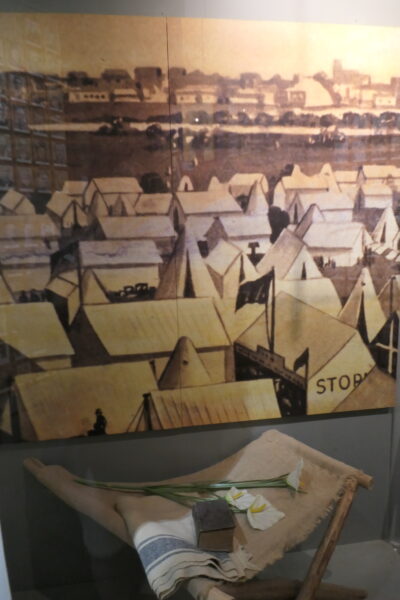
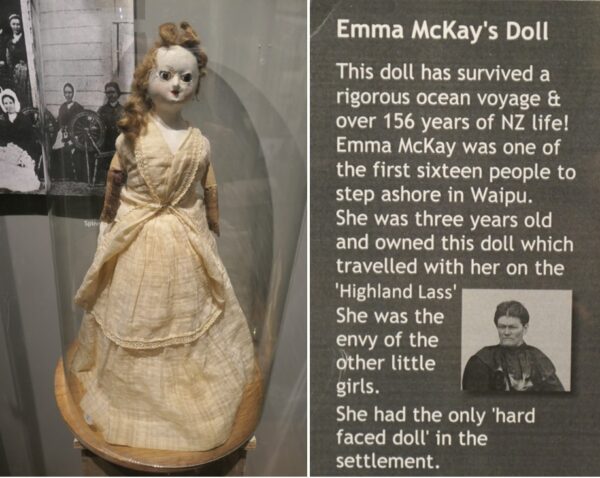
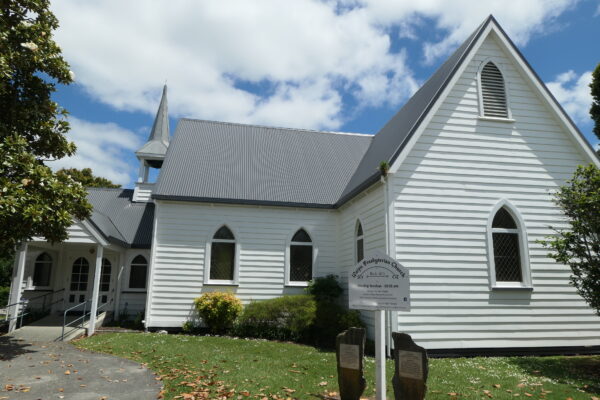
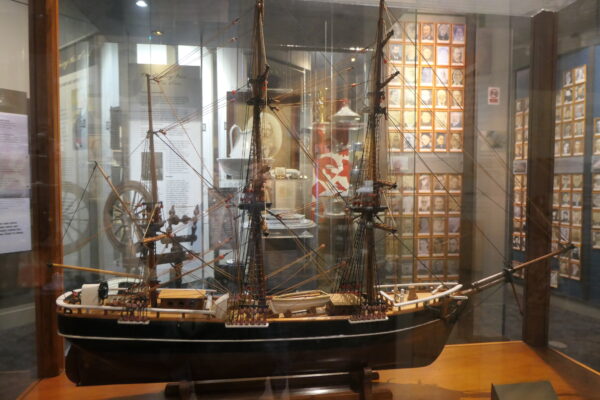
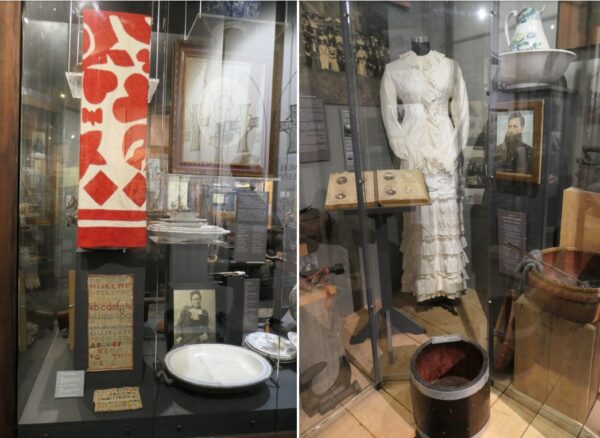

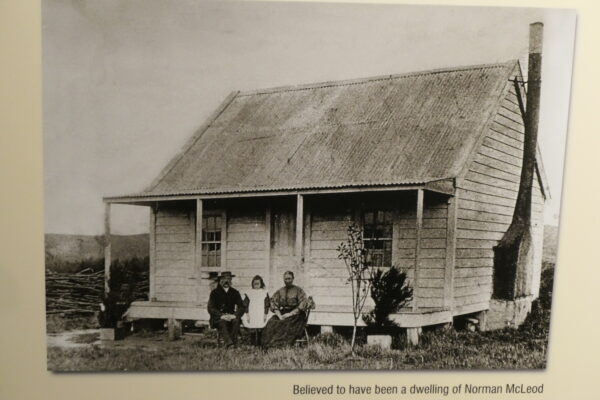
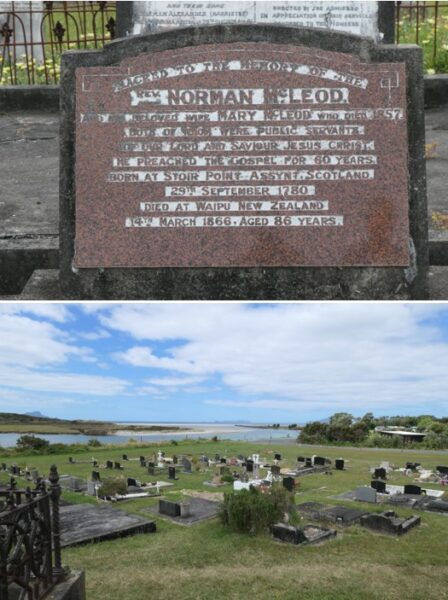
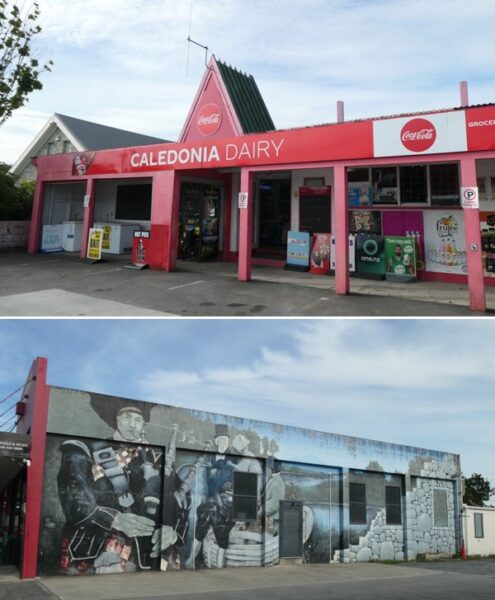
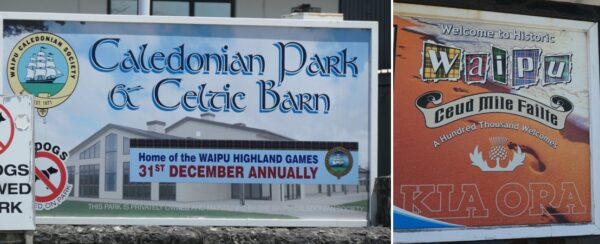
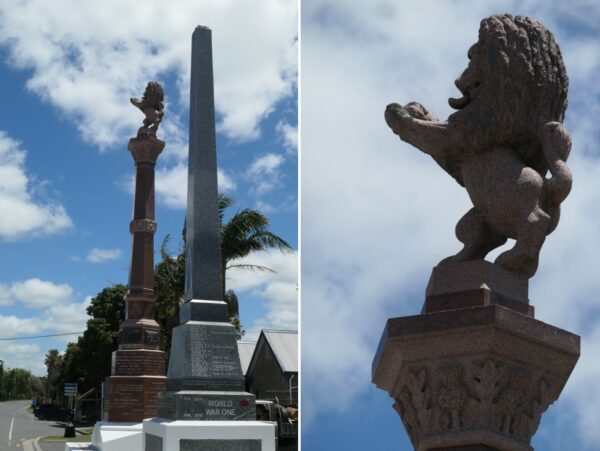
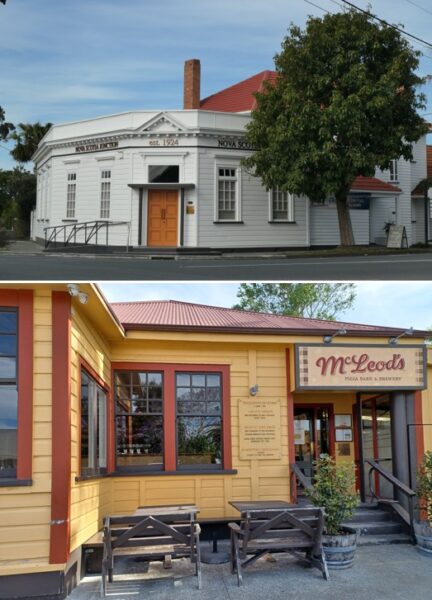
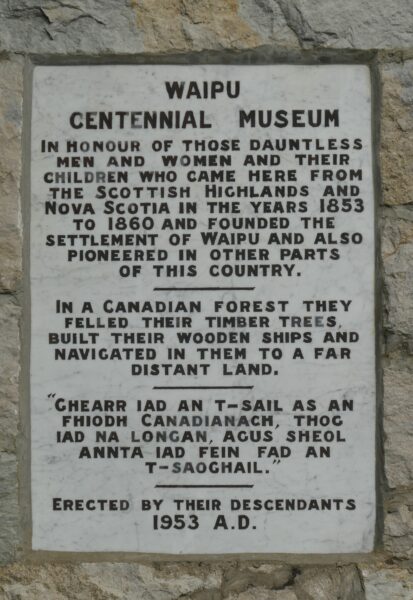

 Following Island Voices’
Following Island Voices’ 